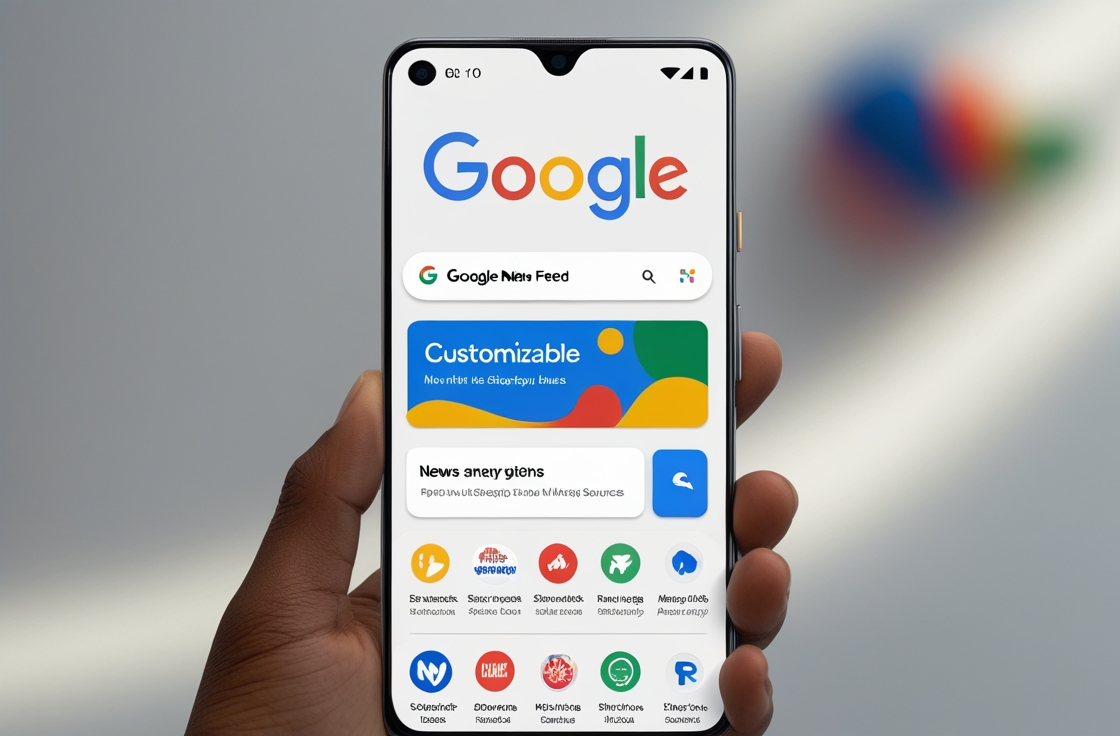Google is giving its users a new level of control over the news they see in Search. With its latest “Preferred Sources” feature, you can now choose exactly which news outlets you want to appear more often in your search results and this could fundamentally change the way people consume news online.
A Major Shift in How Google Serves News
For years, Google Search has relied heavily on algorithms to determine which news sources appear in the “Top Stories” carousel or within Google News. These algorithms factor in relevance, authority, and timeliness but they don’t necessarily reflect your personal trust in or preference for certain outlets.
The new update flips that approach. Instead of letting algorithms make all the decisions, users can now hand-pick their favorite publishers and have those choices influence their news experience. Google says this change is designed to put “the power of curation into the hands of the reader,” enabling people to get more of what they trust and less of what they don’t.
How “Preferred Sources” Works
When you search for a news topic, you’ll see a small icon next to the “Top Stories” label. Clicking it opens the “Preferred Sources” menu, where you can search for and select as many news organizations as you want. There’s no limit from global outlets like Reuters and BBC to niche local publications.
Once you’ve saved your preferred sources, Google will give them higher visibility in two key ways:
1. Articles from these sources may appear more often in the “Top Stories” carousel.
2. You’ll see a dedicated “From your sources” section highlighting their coverage.
If you were part of the experimental rollout via Google’s Labs program earlier this year, your preferences will carry over automatically.
Availability and Rollout
Currently, the feature is being rolled out in the United States and India, with more regions expected to follow. Google hasn’t provided an exact timeline for global expansion, but the move fits into a broader trend of personalizing Search experiences worldwide.
Why This Matters
News personalization is not a new concept many apps and platforms already allow users to follow certain publishers. However, Google’s role as the dominant search engine makes this update particularly impactful. For many people, Google Search is the front door to the internet, and the news they see there shapes their understanding of world events.
This update addresses a long-standing criticism: that Google’s reliance on algorithms can create echo chambers or surface sources a user may not trust. By letting you define your own “trusted set” of news outlets, Google is offering a way to balance algorithmic selection with human choice.
That said, the feature still operates within Google’s broader ranking system. Your preferred sources will get priority, but they won’t completely replace other coverage. This ensures you still get a range of perspectives on major stories, even if you have strong preferences.
Implications for Publishers
For news organizations, the “Preferred Sources” feature presents both opportunities and challenges. On the one hand, loyal readers can now ensure they see more of a specific outlet’s content directly in Google Search. On the other, smaller or lesser-known publishers may struggle to get visibility unless users actively choose them.
This change could also lead to increased competition for “mindshare” media outlets might actively encourage readers to add them to their preferred sources list. It’s possible that “Add us to your Google News” could become a new call-to-action alongside “Subscribe” and “Follow us on social media.”

